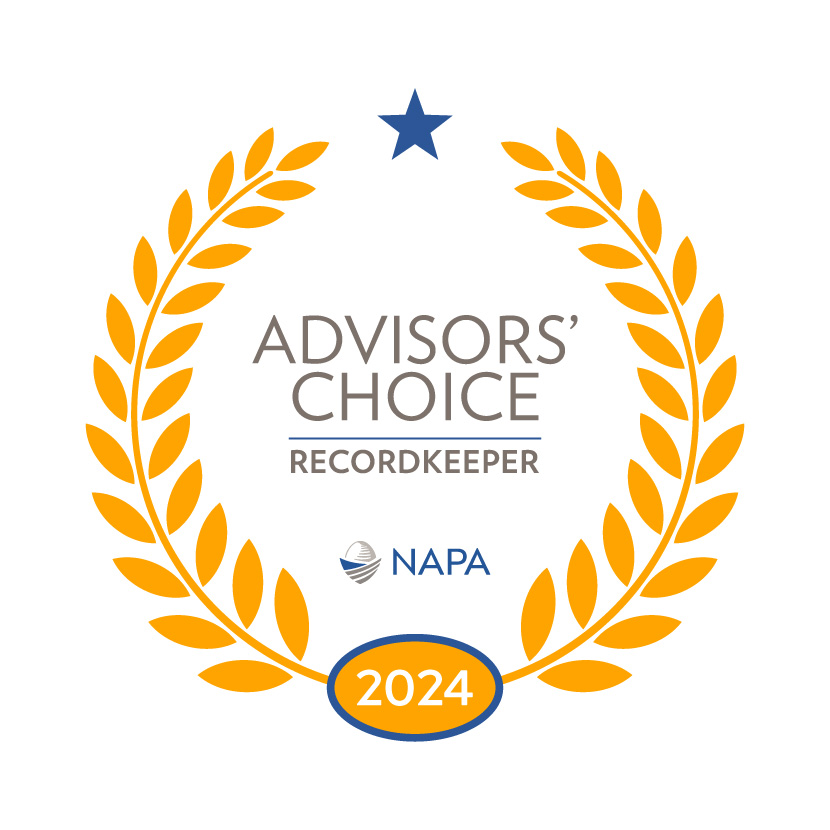Could gamification help boost plan participant engagement and financial literacy?

The potential benefits of improving employee participation in financial education programming are hard to overstate.
Enhanced financial literacy can help employees make more informed decisions about saving, investing and managing debt. When they understand big-picture financial principles, they may be more likely to participate in retirement plans. They may even experience less financial stress and anxiety, for better focus and productivity on the job.
But despite all the good reasons for employees to actively engage with financial education, some plan sponsors may find it tough to move the needle on participation rates.
And let’s be real: Despite its importance in achieving retirement readiness, financial education may not always have the appeal or excitement to draw in employees and hold their attention.
To address this challenge, some employers are integrating gamification into financial education programs. Incorporating game elements into financial learning is one way to help increase engagement, improve knowledge retention, and make financial learning more enjoyable.
What is gamification?
Gamification involves borrowing game design principles and elements and applying them to non-game contexts to boost engagement, motivation, interest, reward and recall. Gamifying financial literacy programming can enhance the participant’s experience by tapping into certain psychological principles that make games appealing, like the desire for achievement, competition, teamwork, urgency and the satisfaction of completing tasks.
Popular game elements can include avatars, points, levels, badges, competition, teamwork, and rewards. Applied thoughtfully, these elements can transform otherwise mundane topics and tasks into lively challenges that encourage participants to engage more deeply with the material.
How game elements can enhance the financial literacy learning experience
The multimedia, microlearning approach many financial education programs use to organize and deliver financial literacy learning can be a great match for a gamified user experience. Interactive game elements can reinforce learning with instant feedback. Earning points or attaining new levels by completing bite-sized learning modules can motivate users to stay engaged and keep learning.
Here are a few ways gamification can enhance a financial literacy program:
Fun and enjoyment — Gamification helps transform learning into a more enjoyable experience. By making financial education more fun and immersive, it can encourage employees to participate and absorb the lessons.
Achievable learning goals — Building financial literacy involves mastering various skills and concepts, from foundational learning like how to build and follow a budget, to more advanced topics like investing. Gamification supports breaking complex subjects into smaller, more manageable goals, aligning with an incremental approach to learning.
Concrete and practical examples — Games often incorporate characters and scenarios to draw in participants. This can be an effective way to illustrate more abstract financial concepts, making them concrete, relatable and memorable for employees.
Relief of stress and anxiety — For many individuals, financial matters can be anxiety-inducing, and that may prevent plan participants from engaging meaningfully with financial education program content. Gamification can help put a “friendlier” face on financial learning, helping to alleviate stress and making financial literacy more achievable.
Feedback and reinforcement — Game design can be put to good use to provide immediate feedback to correct misconceptions and reinforce learning, to help users retain what they learn.
Pitfalls to avoid in a gamification strategy
While adding game elements to a financial education program can be a great way to level up participation and learning, it’s essential to take a thoughtful gamification approach to help avoid potential stumbling blocks. Consider these factors:
Relevance to and alignment with content — Game mechanics should complement, not compete with, educational content. The focus should always be on learning outcomes and the benefits to participants.
Voluntary participation — Gamification should be an option, not a mandate. Employees should be drawn in and encouraged, not forced to play. Those who prefer straightforward content should also have a game-free option.
Balanced competition and rewards — Recognize that not everyone is driven by competition. Good design finds a balance that meets diverse participant preferences.
Inclusivity — Game elements should appeal to a wide range of participants and diverse learning styles. Broader participation supports better outcomes for more employees.
Effective motivators — Balance internal motivators, like personal growth and achievement, with external ones like badges and rewards.
Human interaction — Gamified learning content can be convenient to access and use on demand. But it’s not a replacement for in-person guidance from a real-life financial professional. Make it part of your holistic approach to financial education.
Learn more
Gamification can enhance financial education programs by making them more immersive, engaging and inviting, but it’s no substitute for easy-to-understand, actionable learning content that helps employees address their individual financial challenges.
And just like retirement readiness, financial education’s not one-size-fits-all; that’s why it’s important for plan sponsors and financial professionals to explore a full range of plan types, investment solutions and innovative technologies that can help simplify plan management while supporting employees’ financial wellness.



